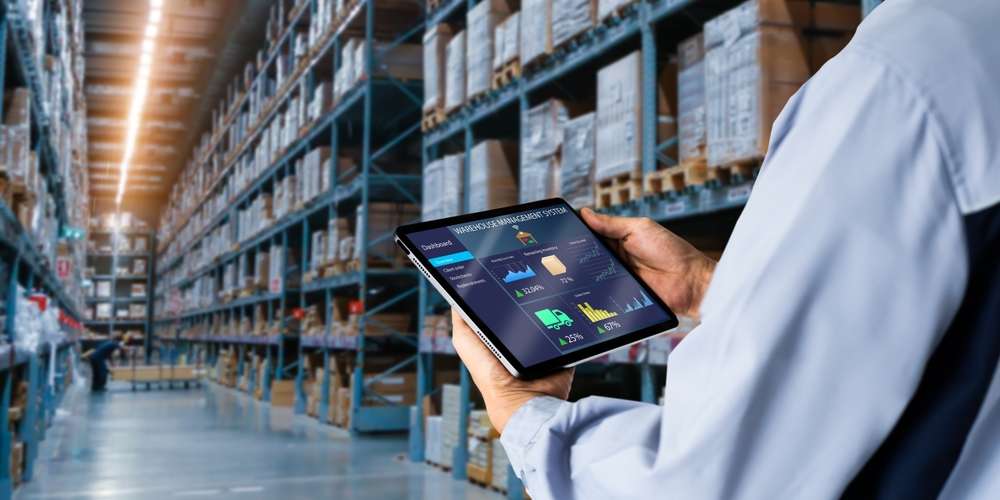Reverse Logistics: Turning Returns into Revenue
Unlocking hidden value in the product lifecycle, reverse logistics is revolutionizing how businesses approach returns and waste. This often-overlooked aspect of supply chain management is emerging as a powerful tool for cost reduction, sustainability, and customer satisfaction. As companies grapple with increasing return rates and environmental concerns, mastering reverse logistics has become essential for maintaining a competitive edge in today's dynamic marketplace.

The advent of online shopping has dramatically increased return rates, with some sectors experiencing return rates as high as 30%. This surge has highlighted the need for efficient reverse logistics systems, capable of handling large volumes of returns quickly and cost-effectively. Moreover, growing environmental awareness has put pressure on businesses to reduce waste and find sustainable solutions for returned or end-of-life products.
The Hidden Potential in Returns
Forward-thinking companies are now recognizing that reverse logistics can be a goldmine of opportunity. By implementing sophisticated reverse logistics strategies, businesses can recapture value from returned products, reduce waste, and even create new revenue streams. This shift in perspective is driving innovation in product design, packaging, and logistics processes.
One key area of focus is the refurbishment and resale of returned items. Many products returned to retailers are in perfect working condition or require only minor repairs. By establishing efficient inspection and refurbishment processes, companies can quickly prepare these items for resale, often through secondary markets or outlet channels. This not only recovers some of the lost revenue but also appeals to price-sensitive consumers and reduces environmental impact.
Data-Driven Decision Making in Reverse Logistics
The integration of advanced analytics and artificial intelligence into reverse logistics operations is transforming how companies manage returns. These technologies enable businesses to predict return rates, identify patterns in customer behavior, and optimize their reverse supply chains for maximum efficiency.
By analyzing return data, companies can gain valuable insights into product quality issues, customer preferences, and potential areas for improvement in their forward logistics. This information can be used to refine product designs, adjust marketing strategies, and enhance the overall customer experience. Furthermore, predictive analytics can help companies anticipate return volumes, allowing them to allocate resources more effectively and reduce processing times.
Sustainable Practices and Circular Economy
Reverse logistics plays a crucial role in the transition towards a circular economy, where resources are used, recovered, and regenerated in a closed loop. By implementing effective reverse logistics strategies, companies can significantly reduce waste and minimize their environmental footprint.
This approach involves not just managing returns, but also considering the entire lifecycle of products. Companies are increasingly designing products with recyclability and reusability in mind, making it easier to recover valuable materials at the end of a product’s life. Some businesses are even exploring innovative models such as product-as-a-service, where items are leased rather than sold, ensuring they return to the manufacturer for refurbishment or recycling.
Customer-Centric Reverse Logistics
In today’s competitive market, a smooth and hassle-free returns process can be a key differentiator for businesses. Companies that offer convenient, transparent, and quick return options often see increased customer loyalty and repeat purchases. This has led to the development of user-friendly return portals, in-store return options for online purchases, and even doorstep pickup services.
Moreover, proactive communication throughout the return process, including updates on refund status and potential exchange options, can turn a potentially negative experience into a positive one. Some companies are leveraging this touchpoint to gather valuable feedback, offer personalized recommendations, or provide incentives for future purchases.
Practical Strategies for Optimizing Reverse Logistics
• Implement a robust tracking system to monitor returns from initiation to resolution
• Develop a tiered approach to product disposition based on condition and value
• Invest in automation technologies for sorting and processing returns
• Collaborate with suppliers to design products for easier disassembly and recycling
• Offer incentives for customers to return products in good condition or packaging
In conclusion, reverse logistics is no longer just about managing returns—it’s about creating value, enhancing sustainability, and improving customer experiences. As businesses continue to innovate in this space, those who master the art of turning returns into revenue will find themselves well-positioned for success in the circular economy of the future. By embracing reverse logistics as a strategic priority, companies can unlock new opportunities for growth, efficiency, and customer satisfaction.





